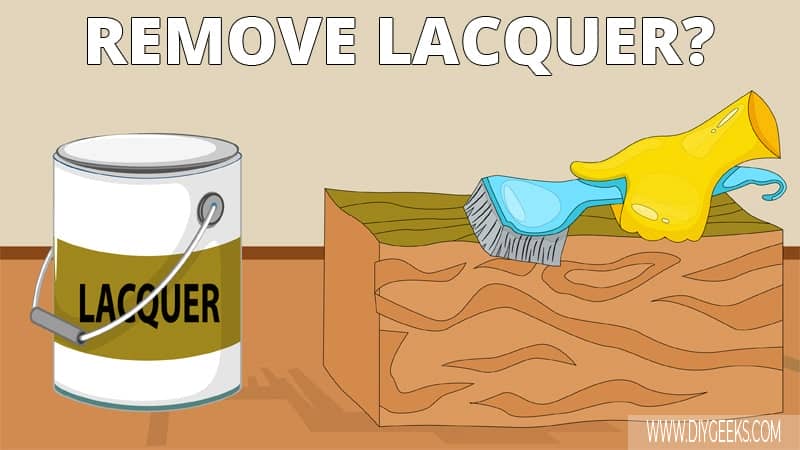Lacquer sealer is a finishing product used to seal and protect different surfaces, including wood.
To remove lacquer from wood, use lacquer thinner, sandpaper, paint stripper, or acetone.
The lacquer thinner, paint stripper, and acetone penetrate and soften the lacquer finish so you can scrape it off. The sandpaper gradually wears off the lacquer finish until it’s removed.
Can You Remove Lacquer Finish Without Sanding?
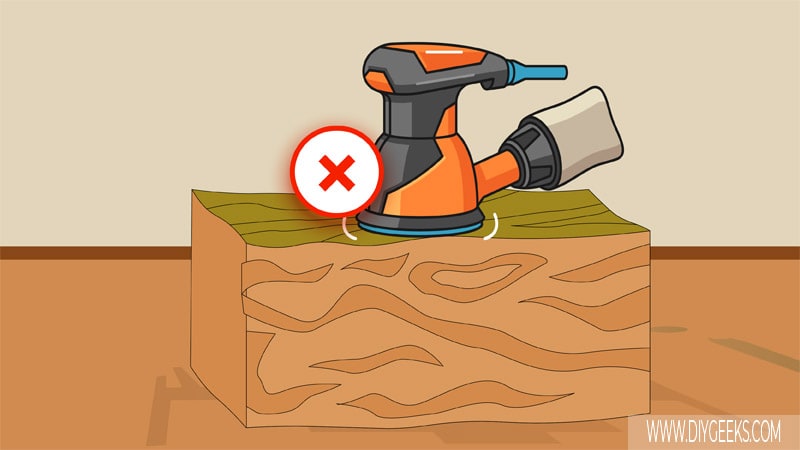
You can remove a lacquer finish without sanding by using lacquer thinner, paint stripper, or acetone. These solvent-based paint removers are formulated with additives that penetrate and dissolve the finish particles and soften the lacquer finish.
However, solvent-based paint remover doesn’t leave wood in good condition as you must wash it to remove the paint remover residue, sand it to remove surface imperfections, and allow it to dry before re-painting. This adds more time to the painting project.
On the other hand, sanding removes the sealer finish and smoothens the wood to make it paint-ready, so you can immediately re-paint it.
How To Remove Lacquer From Wood?
To remove lacquer from wood, do the following things.
- Use Lacquer Thinner.
- Use Sandpaper.
- Use a Paint stripper.
- Use Acetone
1. Use Lacquer Thinner
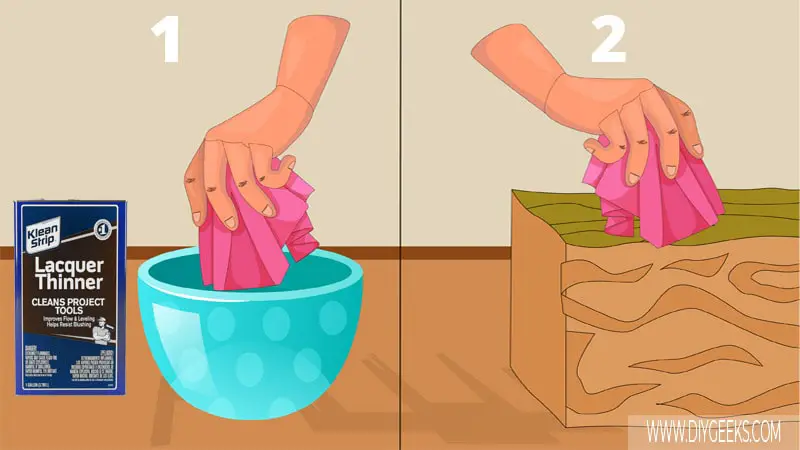
Lacquer thinner is a solvent used to thin and remove lacquer coatings. It’s an effective and fast-evaporating solvent designed specially for lacquer finishes.
For this method, you’ll need these:
- Lacquer thinner
- Rags
- Paint scraper
- Mineral spirits
- A foam sponge
- Denatured alcohol (optional)
Here is a guide to this:
- Clean the finish to remove dust and dirt.
- Damp a rag with lacquer thinner and use it to wipe the finish.
- Wait 20 minutes.
- Once the lacquer thinner penetrates the lacquer finish and softens it, scrape it off.
- Re-apply lacquer thinner to the leftover lacquer sealer.
- Re-scrape the remaining sealer.
- Use mineral spirits to remove the lacquer thinner residue from the wood.
- Clean the wood with water.
- Allow the wood to dry before re-painting.
2. Use Sandpaper
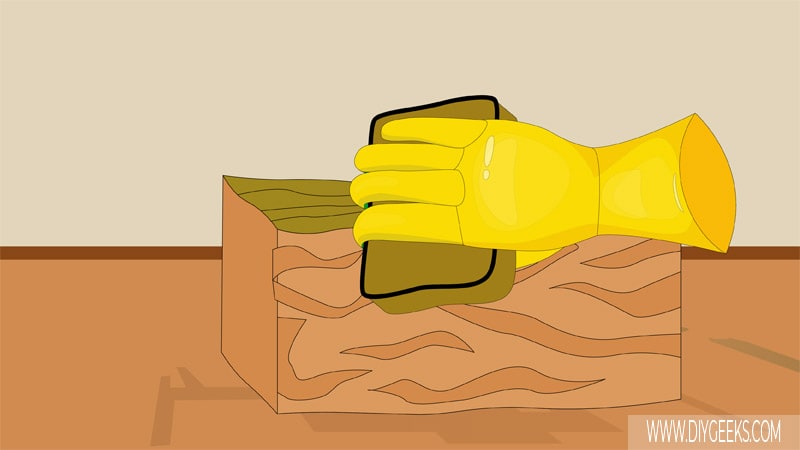
Coarse-grit sandpaper (40-grit) removes the lacquer finish and smoothes the wooded surface simultaneously. The sandpaper abrasive side wears off the finish and removes surface imperfections and bumps, leaving behind a flat surface with no finish (or paint).
Use medium-grit sandpaper (100-grit) if the wooden surface is weak (sensitive) or if the lacquer finish hasn’t adhered well to wood.
For this step, you’ll need these:
- Sandpaper
- Rags
- A vacuum or duster
- A pair of gloves
- A power sander (optional)
Here is a guide to this:
- Clean the lacquer finish with a rag to remove dust and dirt that can prevent sandpaper from removing the finish.
- Use a power sander for large surfaces.
- Sand the finish with coarse-grit sandpaper (40-grit) or medium-grit sandpaper (100-grit). The lower the grit, the more abrasive the sandpaper is.
- Remove dust and inspect the surface every 5 minutes to check if the lacquer finish is removed.
- Once the finish is removed, sand the surface with fine-grit sandpaper (220-grit) to smoothen it.
- Remove dust.
- Re-paint the wood if needed.
3. Use a Paint Stripper
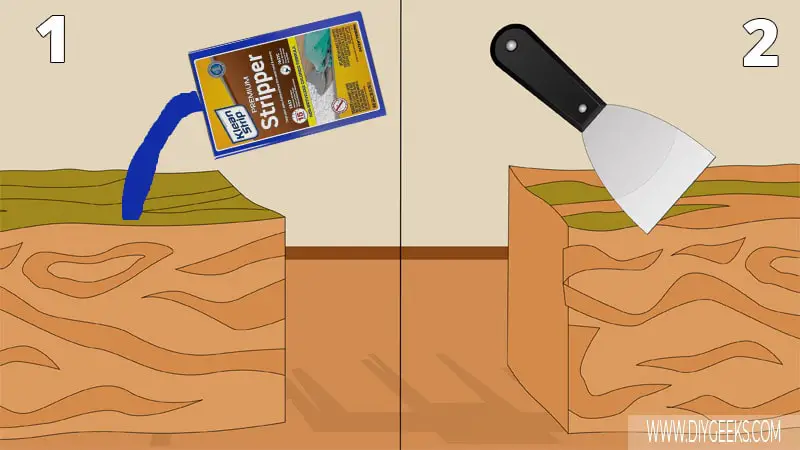
A paint stripper is a product that removes paints and sealers from different surfaces. You can remove lacquer from wood with a paint stripper as it penetrates and softens the finish by dissolving the lacquer plastic resins.
For this method, you’ll need these:
- A paint scraper
- Paint stripper
- Rags
- A waterproof bag
- A paintbrush
- A plastic putty knife
- Sandpaper (optional)
Here’s a guide to this:
- Remove dust and dirt from the finish.
- Apply paint-stripping compound over the lacquer finish.
- Wait around 10-15 minutes for the paint-stripping compound to penetrate the finish and dissolve it. Check the manufacturer’s instructions to know how long to wait.
- Scrape the lacquer sealer from the wood with a paint scraper.
- Re-apply the paint-stripping compound for the leftover lacquer.
- Scrape the finish again with a paint scraper.
- Apply mineral spirits to remove the paint-stripping compound residue from the wood.
- Clean wood with warm soapy water.
- Allow the wood to dry before re-painting.
4. Acetone
You can remove lacquer from wood with acetone. Acetone is a solvent that removes different paint or sealer types from small surfaces.
Apply acetone over the lacquer finish, wait 10 minutes, and sand the paint off with medium-grit sandpaper. The acetone will dissolve the lacquer (or soften it), and the sandpaper will scrub off the loose sealer.
